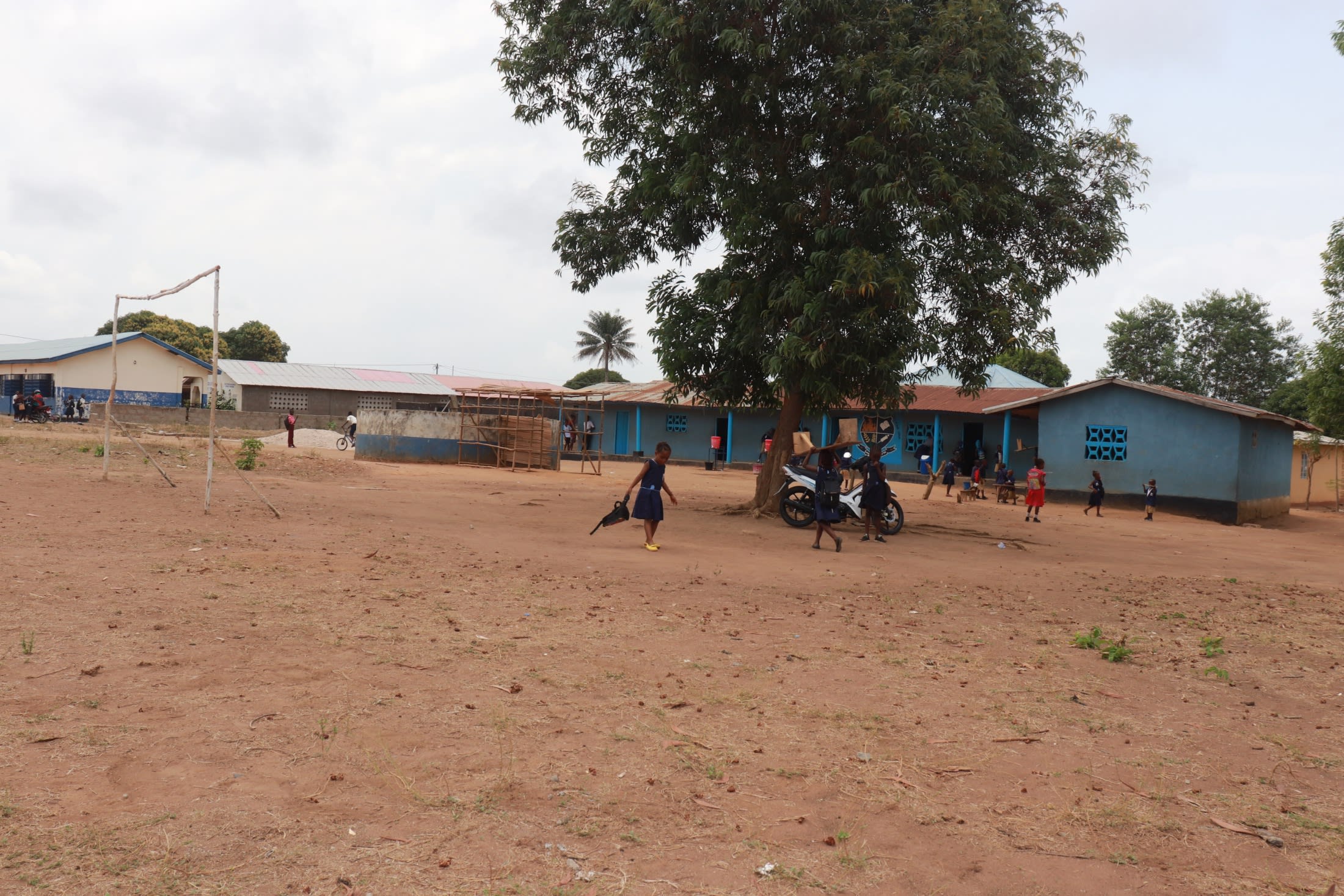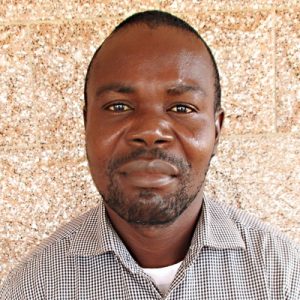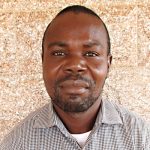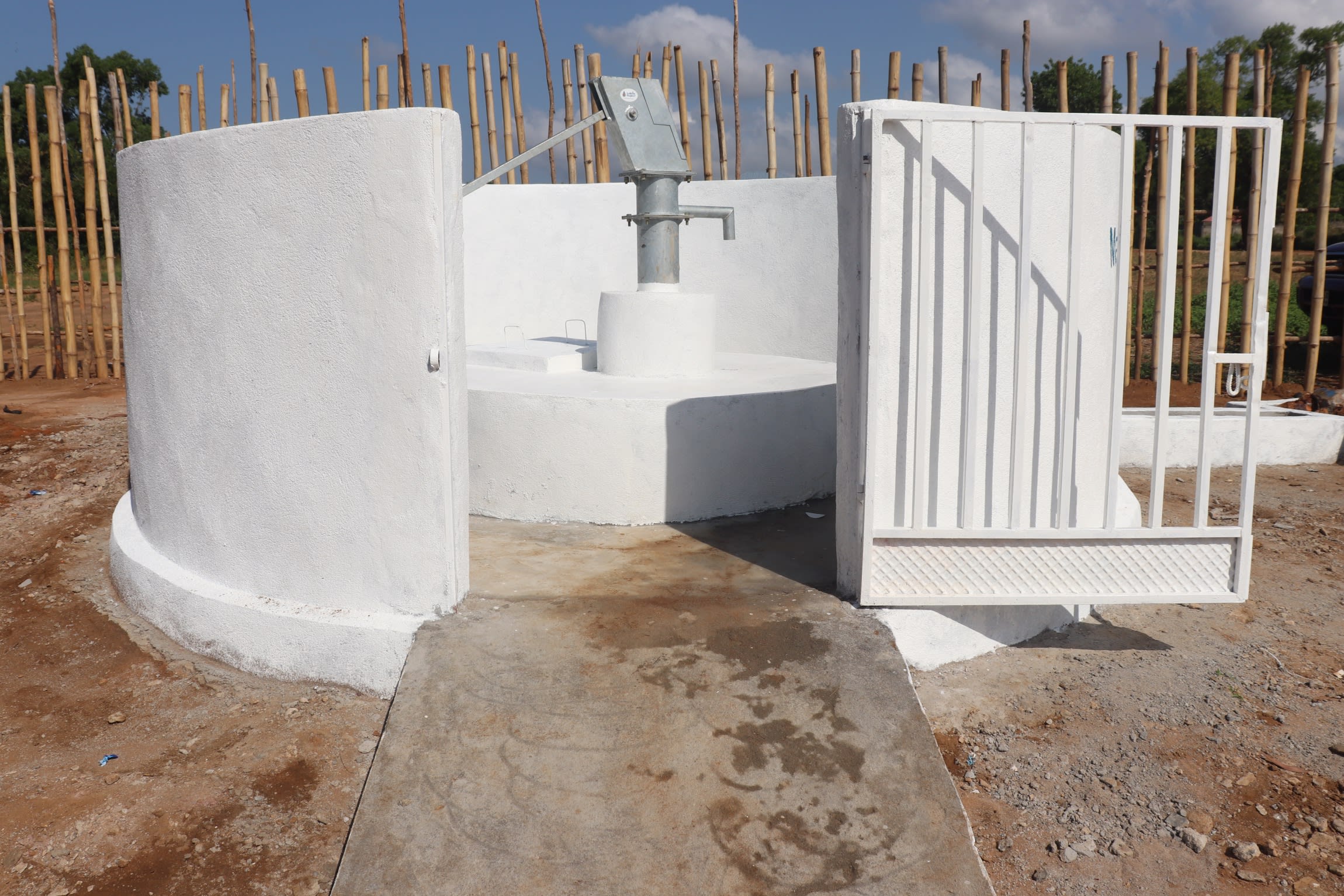Lungi, Bombeh is a tranquil residential area with cool and clear weather. There is a large swamp area with gardens nearby and a community well where people get their drinking water.

Sierra Leone Muslim Community (SLMC) Primary School was founded by the current headteacher, Mr. Ibrahim Koba Sesay, in 2007. Mr. Sesay saw the constraints of the local children in accessing education, so he approached the community to help build a primary school. Currently, the school has an enrollment of 223 boys and 217 girls. The school has a single building with six classrooms and an office.
Water is challenging to access in Bombeh. Most students come to school late due to fetching water for their homes before coming to school. Some even skip school to search for drinking water in the community, especially when the weather becomes hot in the dry season.
There is a well on the school campus, but it is in disrepair and does not provide enough water. Every morning, once at school, students are selected to fetch water from the main alternate water source, the community well. These students walk to fetch water, and most times, have to wait because the well is overcrowded, which wastes much of their time and leads to them missing lessons.
During lunch hours, the school children play, and after playing, they need water to clean themselves before going back to their various classes to continue lessons. It is challenging for them to access water to clean up and drink within the school grounds. Those who are strong will go to the alternate water source, but most of the younger students will prefer to use the little water stored at the latrines to clean up and drink from the reserve water in the bucket meant for handwashing.

"The current water situation on the school grounds is very challenging for me. I have to struggle to get clean water to drink after eating lunch. When I finish playing at the school field, I need water to clean up and drink. I have to go to the nearest neighboring houses in the community to beg for drinking water, but most of them will not offer me any. I can't get access to water, so I have to use the little water in the toilet or handwashing bucket to clean myself," said Zainab.
Here’s what we’re going to do about it:
Well Rehabilitation
The well marked for this overhaul is dry for a few months every year and needs major work to supply adequate, clean water to the community year-round. We will remove the pump, and a hand auger will be lowered inside and powered by a drill team. This hand auger will allow the team to drill several meters deeper to hit a sufficient water column to ensure the well supplies water throughout all seasons.
As the team drills, the casing will be installed, transforming the bottom of this hand-dug well into a borehole. PVC piping will connect this lower system directly to the pump, which we know will also improve water quality.
Once this plan is implemented, everyone within the community will have access to safe drinking water in both quality and quantity, even through the dry months.
Hygiene and Sanitation Training
We will offer hygiene and sanitation training sessions for three days in a row.
After our visit, the hygiene and sanitation trainer decided it would be best to teach community members how to build a tippy tap (a hand-washing station built with a jerrycan, string, and sticks). They will use these tippy taps for handwashing demonstrations and teach other tools like dish racks and the importance of properly penning in animals.
This training will also strengthen the water user committee that manages and maintains this well. They enforce proper behavior and report to us whenever they need help solving a serious problem, like a pump breakdown.

 Borehole Well and Hand Pump
Borehole Well and Hand Pump
































